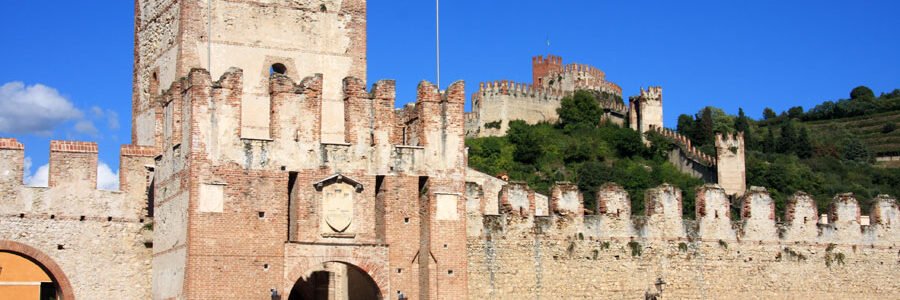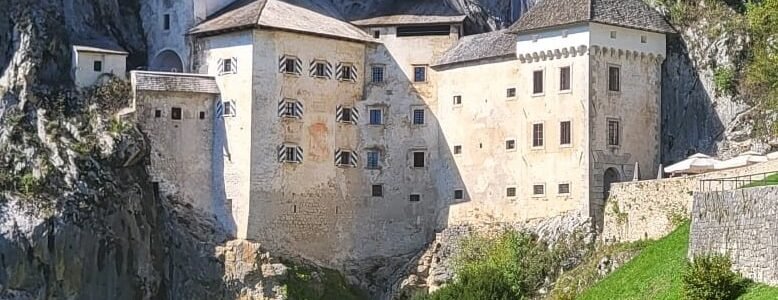Cycling through Slovenia
Cycling through Slovenia
Cycling through Slovenia: From Alpine Roads to Coastal Paths
Slovenia might be compact, but when it comes to cycling, it opens up like a world map of possibilities. From the Julian Alps to the Adriatic Sea, from wine-growing hills to forested riverbanks, it offers varied terrain that caters to every kind of cyclist — whether you’re chasing adrenaline or just the horizon.
Start with the Capital: Ljubljana on Two Wheels
Ljubljana is a bike-friendly city that makes a strong first impression. Dedicated cycling lanes, rental stations, and car-free zones around the old town make exploring by bike not just convenient but preferable. Glide past bridges, through Tivoli Park, and into neighborhoods like Trnovo or Krakovo, where cafés spill onto sidewalks and the Ljubljanica River adds a slow rhythm to the ride.
A loop around the city reveals the contrast between architectural modernism and Baroque flourishes, street art and classical facades — all within manageable distances. For a warm-up, it’s hard to beat.
Alpine Rides: Bled, Bohinj, and the Julian Passes
Heading northwest, Slovenia’s alpine region offers some of the most rewarding and challenging routes. The road from Lake Bled to Lake Bohinj winds through valleys and pine forests, with gradual climbs and rewarding descents. This area is perfect for riders who enjoy a mix of paved road and occasional gravel stretches.
Further up, the Vršič Pass presents a tougher challenge. With 50 hairpin turns and a summit of 1,611 meters, it’s one of the highest mountain passes in the country. The climb demands stamina, but the views — jagged peaks, stone walls, and alpine pastures — make it worthwhile.
Cyclists traveling across borders will find that the transfer from Bolzano to Ljubljana offers an efficient way to bring gear and legs fresh to the Slovenian side of the Alps.
River Valleys and Wine Country
Eastern Slovenia swaps dramatic peaks for rolling vineyards and lazy rivers. The Drava Cycling Route (Drauradweg) follows the Drava River from Austria into Slovenia, passing through Maribor and Ptuj. It’s a scenic and approachable long-distance ride, well-suited to both road and touring bikes.
In the Jeruzalem region, vineyards carpet the hills in gentle folds. Here, the terrain is ideal for relaxed rides between villages and wine cellars. Expect occasional steep climbs, but also plenty of reasons to pause: family-run wineries, panoramic views, and traditional meals that feel earned after a day in the saddle.
Karst and Caves: Riding the Limestone Landscape
Southern Slovenia introduces the unique topography of the Karst. Roads here curve over limestone ridges, past dry stone walls and sinkholes, and into villages like Sežana and Divača. One highlight is the ride to the Škocjan Caves, a UNESCO-listed natural wonder where underground rivers have carved massive chambers.
Nearby, the Lipica Stud Farm offers a flat, peaceful ride among pastures and white horses. The terrain overall is hilly but never too harsh, making it accessible to moderate cyclists looking for a mix of nature and cultural stops.
The Slovenian Coast: A Seaside Finish
Though Slovenia has just over 40 kilometers of coastline, it packs a lot into that stretch. The Parenzana Trail — a former narrow-gauge railway turned cycling path — connects Koper, Izola, and Piran along the coast. Much of the route is paved, though some sections use gravel. Tunnels and viaducts add a historical feel to the ride.
Piran, with its Venetian architecture and seaside cafés, makes for a perfect end-of-day stop. The Adriatic here feels personal — not overcrowded, not overdeveloped — and the sea breeze pairs well with a glass of local Malvazija wine.
Bike Touring Logistics
Slovenia supports cyclists well. Accommodations frequently offer bike storage, repair tools, and route advice. Signage along major bike routes is consistent, especially in regions like Gorenjska, Primorska, and Štajerska. Public transport also allows bike carriage on many trains and buses.
E-bike rentals have become increasingly popular, especially in alpine or hilly regions. While most major towns have rental shops, it’s wise to book in advance during peak travel seasons.
Weather varies with terrain: alpine areas stay cooler and are best tackled from late spring to early autumn, while the coast and east can be cycled almost year-round. Packing for variable weather and elevation is essential.
Tips for a Smooth Ride
- Bring a multi-tool and patch kit — bike shops aren’t as common in rural areas.
- Hydration stations are available but carry water for longer routes.
- Most drivers are bike-aware, but always ride predictably, especially on mountain descents.
- Download GPX routes or use Komoot for offline navigation.
Official Cycling Resources and Events
For route planning, safety updates, and organized events like the Franja Marathon or regional tours, the official Slovenia tourism site provides accurate and timely information.
Final Thoughts
Slovenia’s scale makes it ideal for cycling — you can cross regions in a few days, yet each one feels distinct. You don’t need to cover every kilometer; even a short ride reveals the landscape’s rhythm. And somewhere between a vineyard climb and a lakeside coast, you’ll realize you’re not just passing through Slovenia. You’re pedaling into its story.
Cycling through Slovenia
Slovenia is built for cycling. The distances are short, the landscapes change quickly, and the roads—whether through wine hills, alpine valleys, or forest paths—offer constant reward. It’s a country where you can ride from city to lake, from mountain to vineyard, and still have time for a relaxed lunch in between.
Many cyclists begin their journey after a transfer from Ljubljana Airport to Bled or Maribor, or combine Slovenia with international routes starting from Budapest, Bolzano, or Florence—connecting alpine terrain with regional flavor.
- From the Dolomites to Slovenia’s mountain routes
- Link two cycling cultures by road
- Ride from the Soča Valley back to the capital
- Begin your alpine ride straight after landing
- Connect with the east and its rolling wine hills
- Cross borders before the ride even begins
Each route brings a new rhythm
The Julian Alps offer high climbs and fast descents. The Vipava Valley rewards long rides with warm air and vineyard views. Around Lake Bled and Bohinj, quiet roads loop through meadows and villages. And in the east, the hills of Maribor and Ptuj feel endless—but welcoming.
- Great for road cyclists, gravel riders, and touring cyclists
- Plenty of bike-friendly accommodations and gear rental spots
- Routes range from flat and scenic to steep and technical
- Works for solo riders, couples, or cycling groups
- Transfers help reach starting points without stress
The roads here don’t just lead somewhere—they make the ride worth it
Cycling through Slovenia gives challenge, beauty, and freedom in one route
For route suggestions, terrain info, and bike-friendly stops, visit the Official Slovenia Cycling Guide.
RECENT POSTS
- Postojna Cave Guide August 23, 2025
- Bolzano City Guide August 23, 2025
- Split City Guide August 23, 2025





























































Leave a Comment